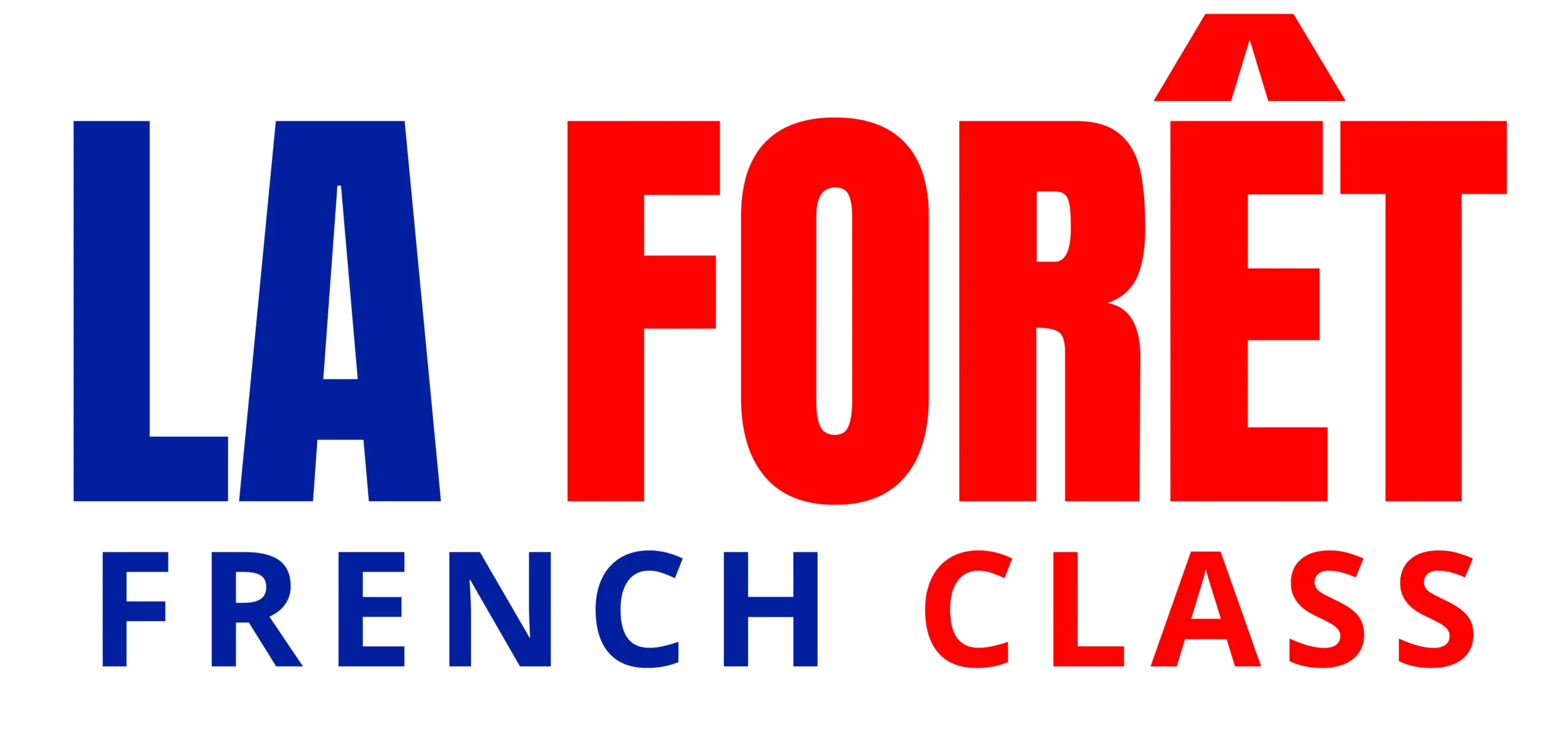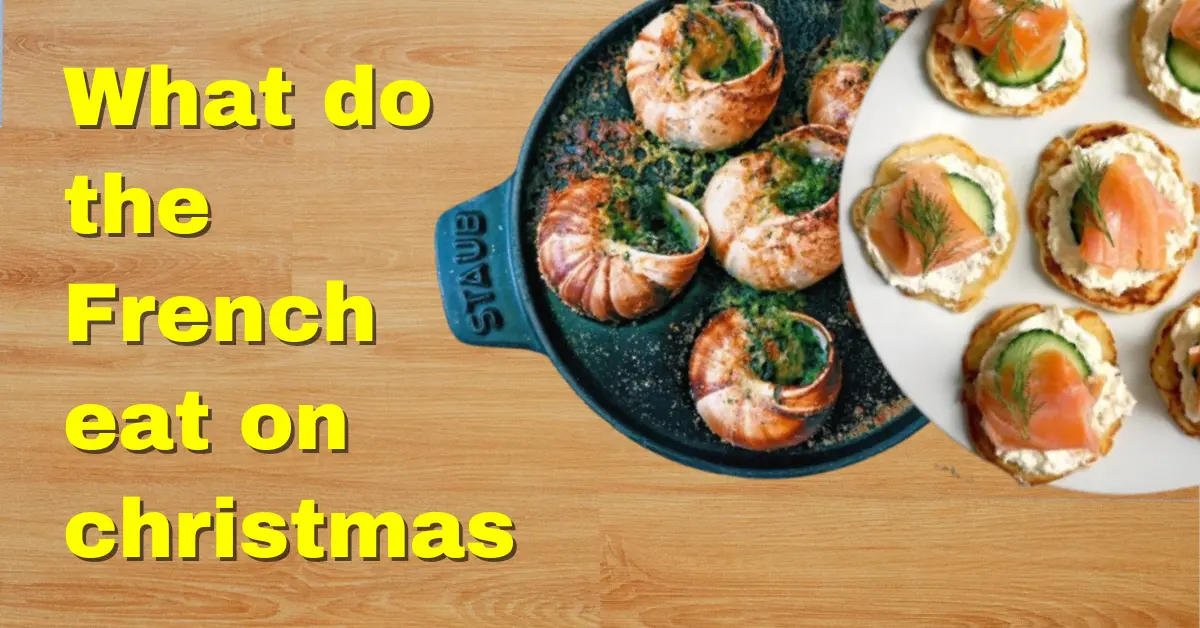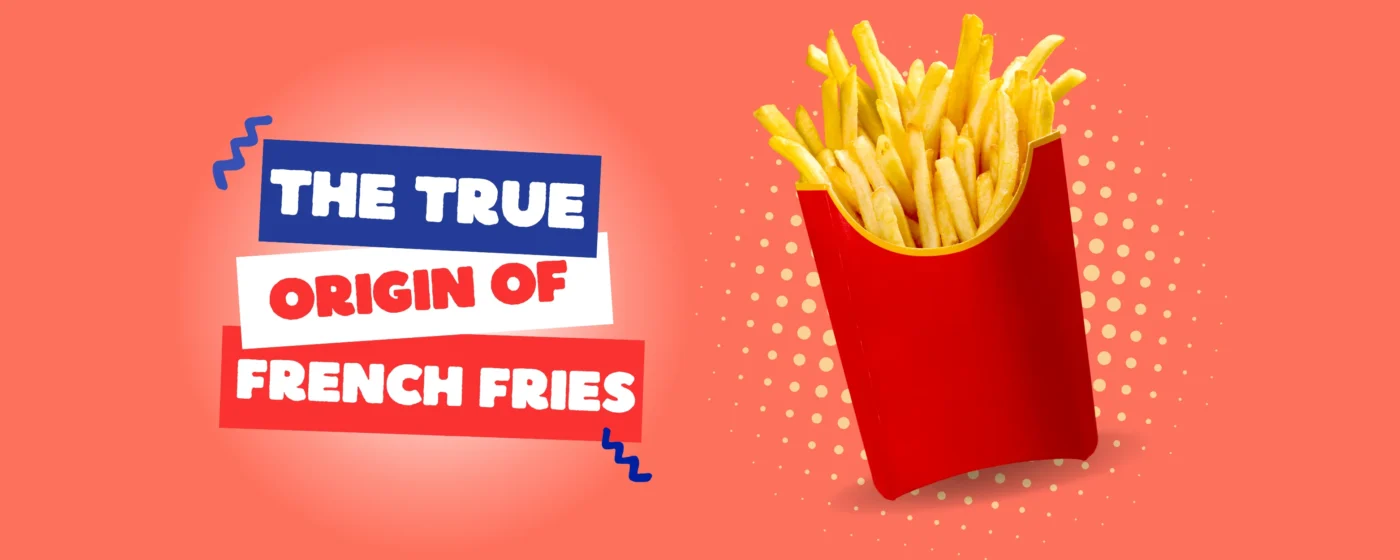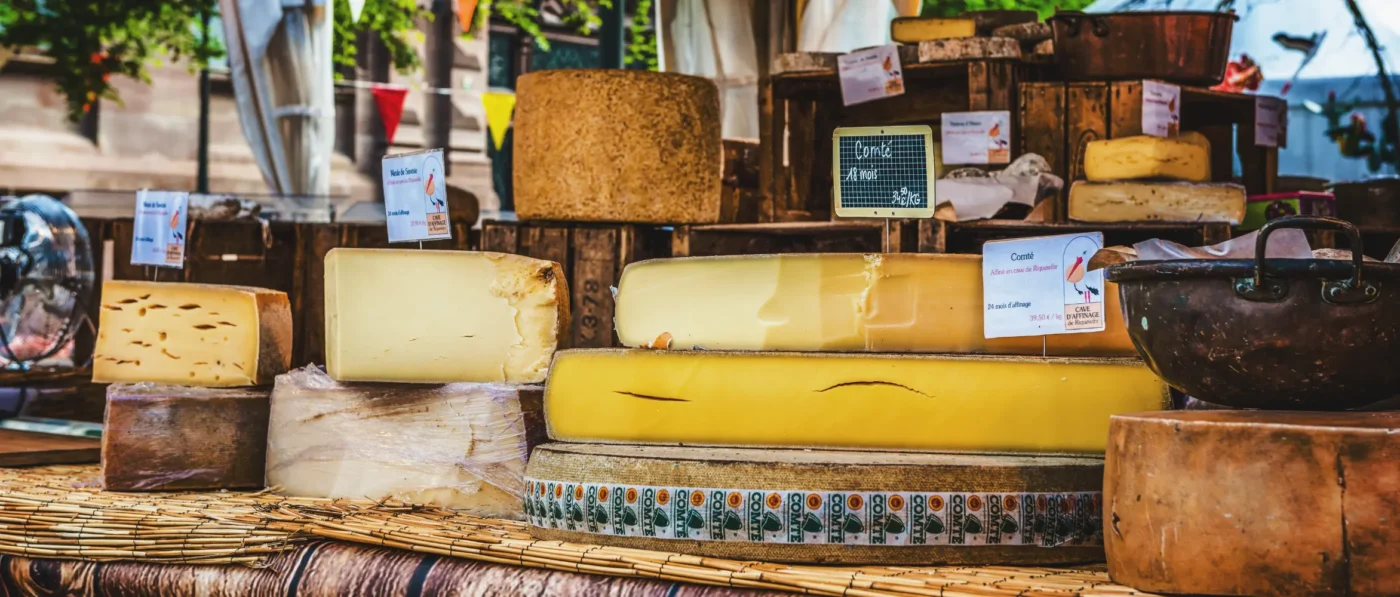The French Christmas season is a season of dazzling lights, joyous marketplaces, and, of course, delicious cuisines. Let’s dive in to learn about the Christmas foods in France that you must try.
As a foodie myself who enjoys exploring other culinary customs from around the world, I would like to take you on a delicious culinary tour to discover what the French enjoy eating during this wonderful time of the year.
The Réveillon, a fancy feast held on Christmas Eve, is the first event of the French Christmas celebrations. This celebration of the upcoming birth of Christ goes late into the night.
A variety of treats, each signifying joy, prosperity, and abundance are placed on the table.
1. Le Chapon, the Feast’s Star
Le Chapon, also known as a capon or a castrated rooster, is a staple of the Réveillon feast and is prized for its soft and delicious meat.
Le Chapon, which is roasted to perfection and frequently filled with a delicious blend of sausage, chestnuts, and herbs takes center stage and represents festivity and overindulgence.
2. Les Huîtres: A Sea Flavor of Christmas Foods in France
Les huîtres, or oysters gathered from the pure seas along the French coast, are a staple of any French Christmas feast.
These salty bivalves served on ice with a dash of lemon, convey elegance and sophistication while providing a mouthwatering flavour of the sea over the holiday season.
3. Foie Gras: A Sweet Treat in Christmas Foods in France
During the Réveillon, indulgence knows no limits, and foie gras is the centrepiece of the festive table.
This rich delicacy, which is made from the fattened liver of ducks or geese, is typically served in terrine or parfait shape with a sweet fig compote or tart chutney to create a palate-pleasing symphony.
4. Les Treize Desserts: A Symphony of Sweets
Les Treize desserts are another beloved French custom enjoyed as the Réveillon comes to an end. This variety of candies symbolizes community, spiritual nutrition, wealth, and Christ and his twelve disciples.
5. Le Dinde aux Marrons: Chestnut-topped Turkey
Christmas Day in many French homes is linked with le dinde aux marrons, or roast turkey with chestnuts.
The turkey, which is juicy and moist, is roasted to golden perfection and served with a chestnut stuffing, resulting in a flavorful combination that perfectly captures the essence of the holiday.
6. Les Fruits de Mer: Magnificent Seafood
Les fruits de mer, a lavish seafood feast that highlights the sea’s wealth, is a common Christmas Day tradition for people who live close to the shore.
A celebration of freshness, flavour, and tradition, each dish from platters of salty oysters to luscious lobster and delicate crab offers a sense of coastal life amid the bitter cold of winter.
7. Les Bûches de Noël: A Delightful Finish
Les bûches de Noël, or Yule logs, serve as a rich dessert that represent rebirth and renewal and are a must-have for any French Christmas supper.
These Christmas delights are made from sponge cake, rolled, and filled with a rich buttercream. They are decorated with meringue snow and edible mushrooms to mimic a log shape.
The Recap of Christmas Day
Christmas Day is a more sombre but equally delicious celebration than Christmas Eve, which is set aside for excessive eating and celebration.
Families get together once again for a relaxed lunch, usually centred around a celebratory roast or seafood feast.
Honorable mentions of Christmas foods in France
Among these desserts you’ll find a delightful assortment of dried fruits, nuts, and confections, including:
- Calissons: Marzipan-like sweets made from ground almonds and candied fruits.
- Nougat: A chewy confection crafted from honey, nuts, and egg whites.
- Pain d’épices: Spiced gingerbread, with a hint of cinnamon, cloves, and honey.
- Quince Paste: A sweet and tangy preserve made from quince fruit, served with cheese.
- Dates: Nature’s candy, sweet and caramel-like in flavour, symbolising the sweetness of life.
Every dessert offers a sense of delight, tradition, and history, demonstrating the depth of the French culinary legacy.
The Pleasures of Local Differences
The diversity of French cuisine, especially during Christmas celebrations, is one of its most fascinating characteristics. Every region has distinct culinary customs that are influenced by the local ingredients, culture, and history.
For instance, bouillabaisse, a lovely fish stew flavoured with Mediterranean spices, might be served for Christmas dinner in Provence. This dish, served with crusty bread and spicy aioli, perfectly captures the spirit of warmth and welcome found in the south of France.
Christmas is celebrated in Alsace, close to the German border, with hearty meals like choucroute garnie, a flavorful concoction of sausages, smoked meats, and sauerkraut. It’s a feast appropriate for a winter’s night when paired with a glass of fresh Riesling wine.
Enjoying the Sweet Taste of Christmas Foods in France
A variety of festive candies and pastries is a must-have for any French Christmas. There is plenty to satisfy every sweet craving over the Christmas season, from rich chocolates to delicate pastries.
In Lyon, the custom of making pralines is quite important. Over the Christmas season, people love to indulge in these sugared almonds with a shiny caramel coating. Pralines bring a touch of sweetness to the Christmas festivities, whether they are savoured on their own or used to decorate cakes and pastries.
Les Treize desserts are the traditional Christmas dessert enjoyed by natives of Provence, a region further south. This selection of candies serves as a reminder of the generosity and an abundance of the season, ranging from nougat and calissons to candied fruits and nuts.
Not to be overlooked is chocolate, the ultimate Christmas Foods in France. During the holidays, chocolatiers in places like Paris and Lyon go all out, producing intricate chocolate sculptures, rich truffles, and festive bonbons that are nearly too pretty to eat.
Wrap up
To sum up, French Christmas cuisine is a celebration of richness, tradition, and regional variety. Every item, from the grand Réveillon feast to the most modest candies, has a backstory that evokes memories of previous holidays and forges new customs for future generations.
Take a minute to appreciate the flavors of the season and the happiness of being with loved ones, whether you’re eating foie gras in the middle of the city or oysters by the sea. Isn’t that the main purpose of Christmas, after all?
Bon appétit et joyeux Noël!





